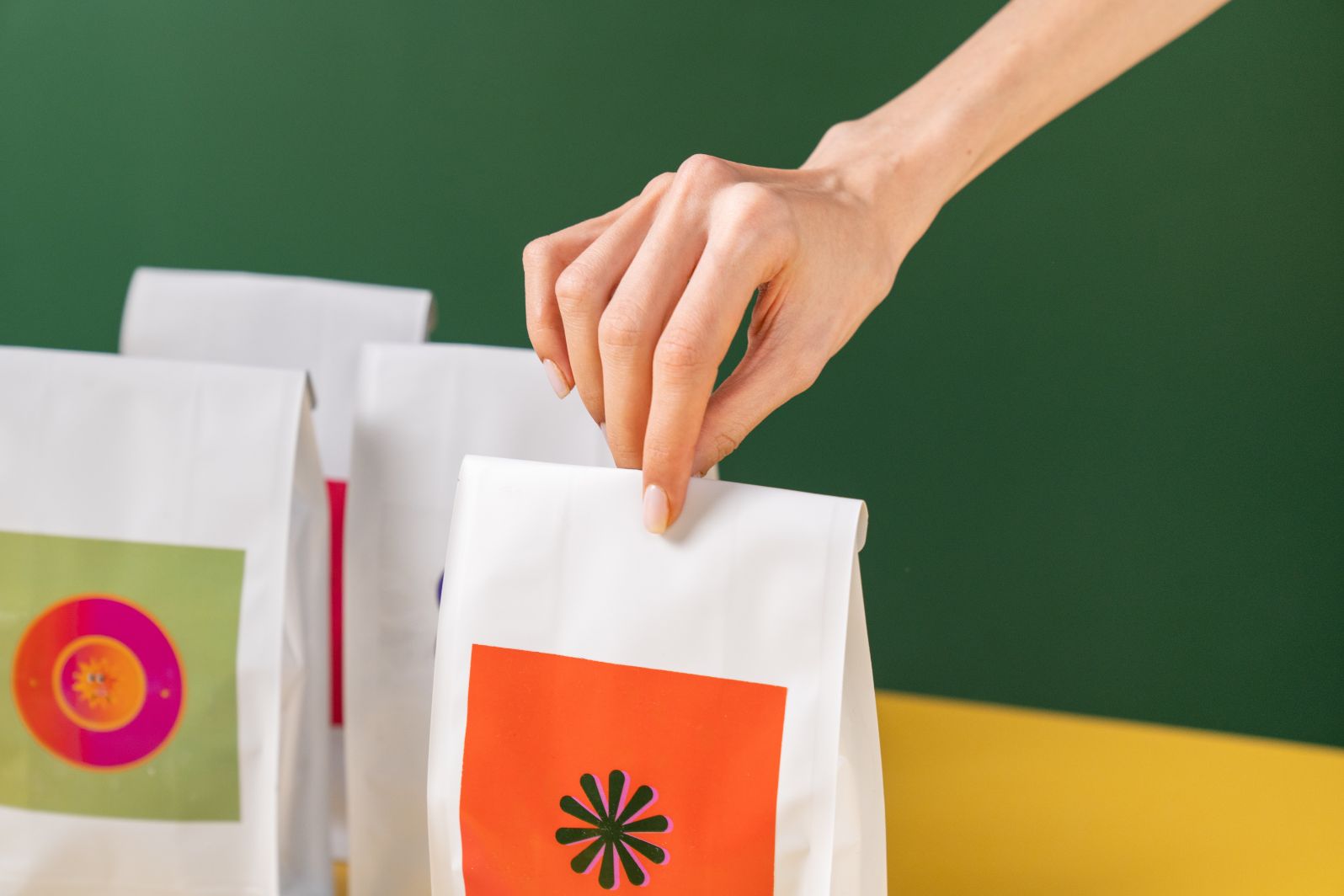Over the past couple of years, the food industry has experienced enormous pressure to take steps towards reducing environmental impact. Among the best means to conserve the environment is more emphasis on recyclable packaging.
But is that the only initiative reducing environmental impact? What innovative packaging solutions shape the packaging industry? This article explores the improvements seen in the food industry over the years and what the future holds.
Table of Contents
Recyclable Packaging Automation
Packaging automation is a key innovation that has benefited small-sized food manufacturers by improving food safety while reducing environmental pollution. The leading manufacturing and processing factories are streamlining food packaging operations using different technologies like vertical loaders, labelling machines, thermoformers, robot arms, and palletizers, which save time and resources.
Besides improving packaging, automation boosts productivity, improves operating efficiency, and increases revenues. In addition, automating the tedious processes by packaging automation eliminates drudgery and makes employees more efficient. It also eliminates mistakes and maximizes packaging speed.
However, automating packaging requires effective planning to get the resources needed to acquire relevant equipment and sustain the transition. Some companies also set up a fully automated recycling unit to supply packaging materials to their food factory. This helps the company save money and reduce environmental footprints.
Sustainable Packaging
The leading food firms are adopting sustainable materials like paper and seaweed-based to make food containers and trays to pack food products. Some use bioplastics such as polylactic acid (PLA), which are made from renewable crops like potatoes.
The packaging made from seaweed is compostable and biodegradable, so food companies that value sustainability can take advantage of it. These companies also use mushroom-based packaging to reduce the use of conventional plastics, other non-biodegradable substances, and fossil fuels.
Reused or recyclable packaging, such as paper packaging, maintains food safety by creating oxygen and moisture barriers. The manufacturers coat foods using compostable coatings so that the paper packs can hold liquid and oil products. Retailers and consumers also get the privilege of storing food at frozen temperatures without causing paper wraps to lose strength.
Besides, there are biodegradable packages from edible products like rice. The customers can both eat the food and the packages, and there is no necessity for recycling or reusing wraps.
Smart Recyclable Packaging
More and more food businesses use smart packaging for their products. This innovative packaging involves fitting smart recyclable labels and time-temperature indicators to guarantee food safety. In addition, some use freshness sensors to track the condition of the content and remind consumers every time they reach expiration.
These smart recyclable packaging materials increase food safety through effective management to ensure only quality foods and beverages reach the consumers. Smart packaging also reduces food wastage by compelling consumers and retailers to handle the products properly and consume them before they expire.
Research indicates that food wastage is equally detrimental to the environment as plastic pollution. However, smart packaging can solve this problem by ensuring foods and beverages last longer and are safe to use.
The urge to reduce environmental footprints and ensure maximum food safety has driven food companies to focus on using renewable and recyclable packaging materials. Since packaging innovation can define the customer experience and buying behavior, food companies should not overlook it. With all the benefits of recyclable and sustainable packaging, customers will gravitate toward green packaging businesses.
So, food businesses with sustainable packaging have a competitive edge against those using regular packaging materials. This means that food factories left behind should embrace these packaging innovations to improve efficiency, promote food safety, and reduce environmental impact.


